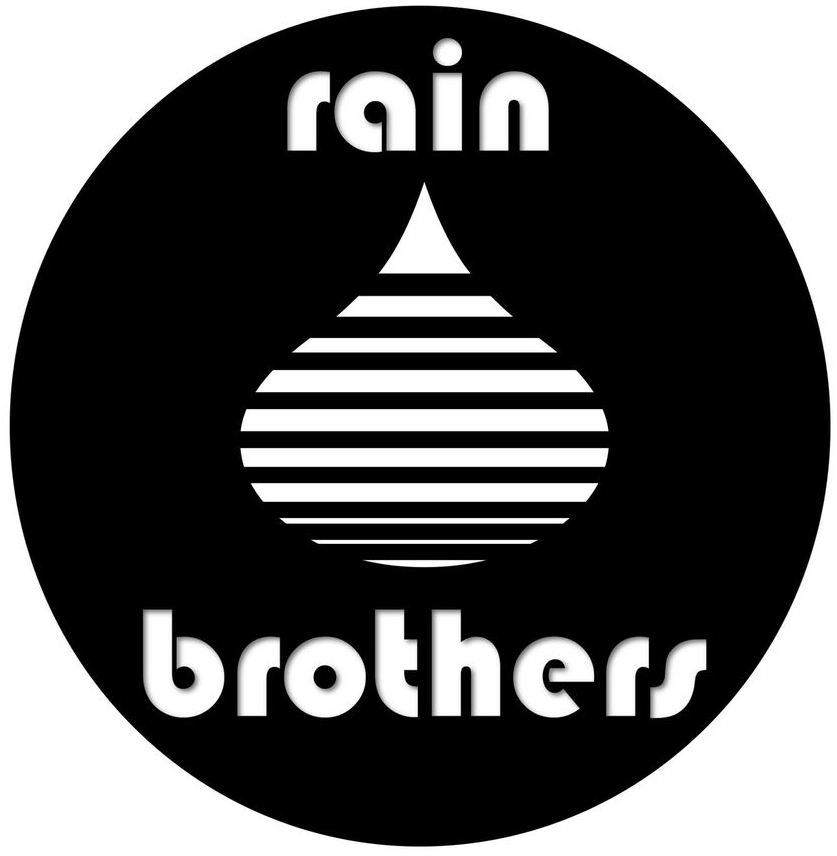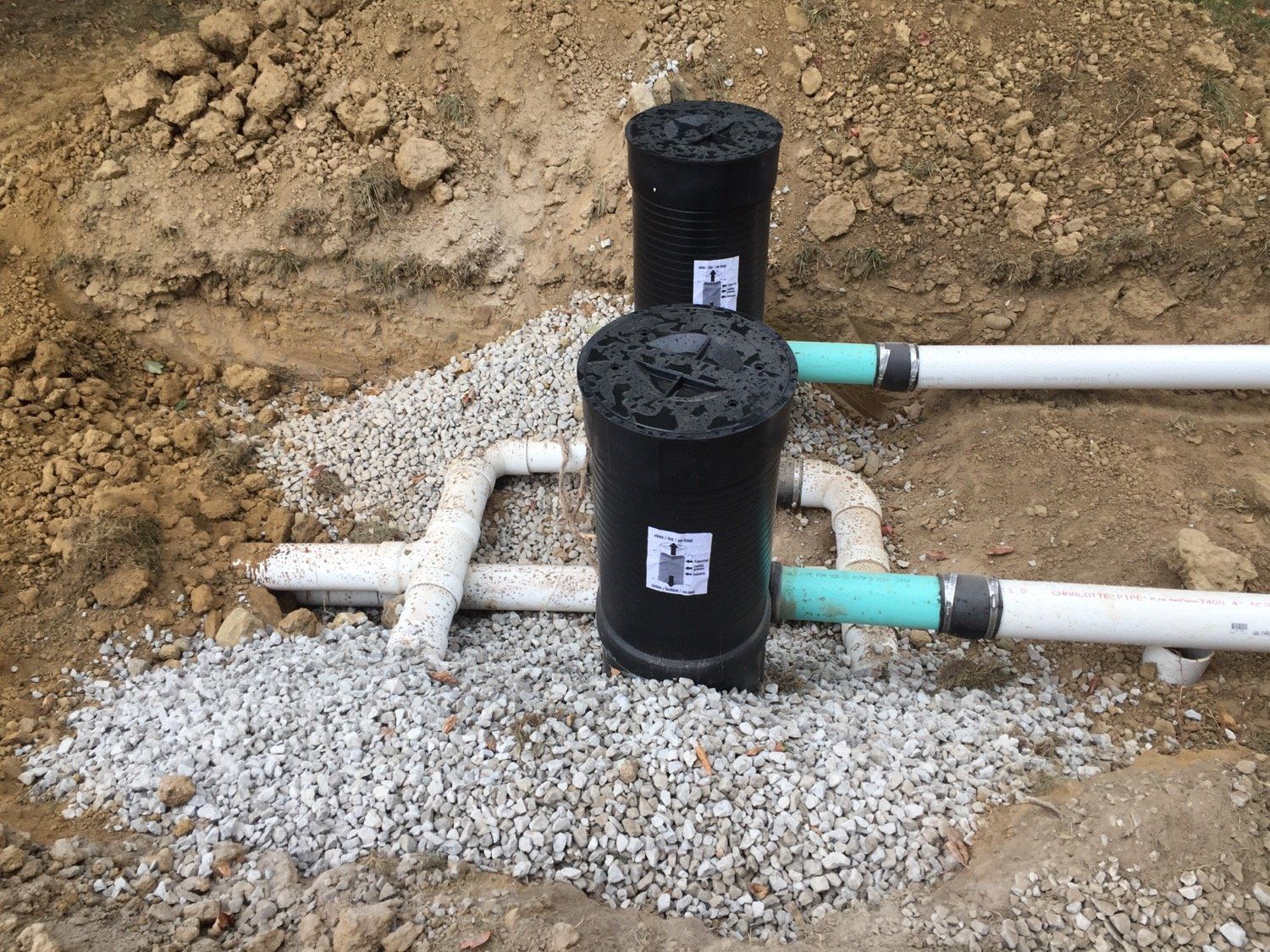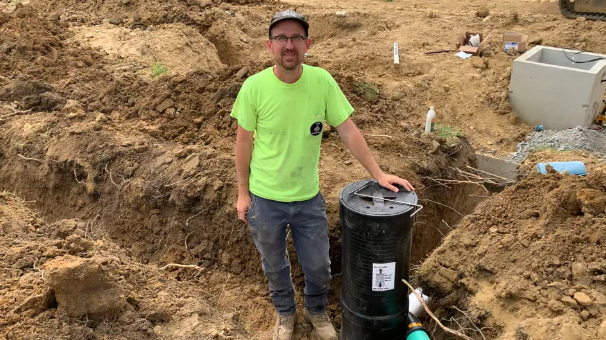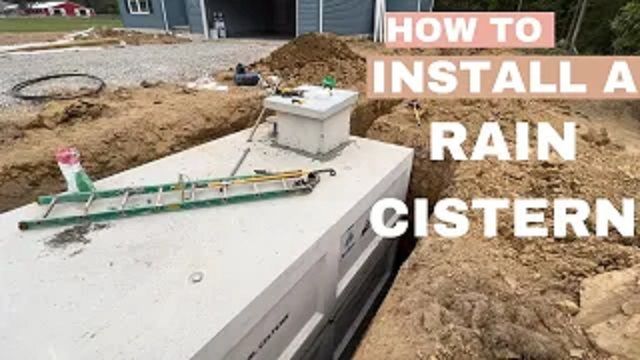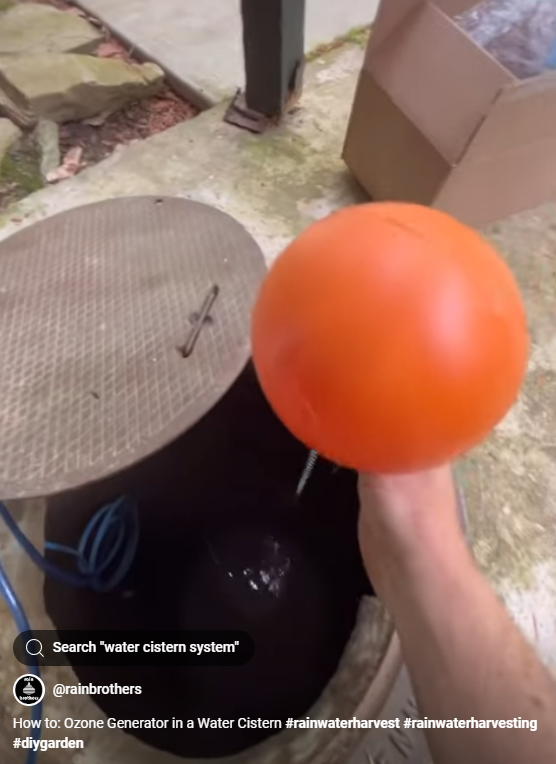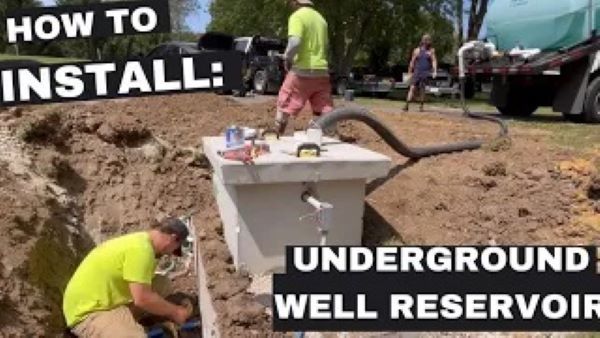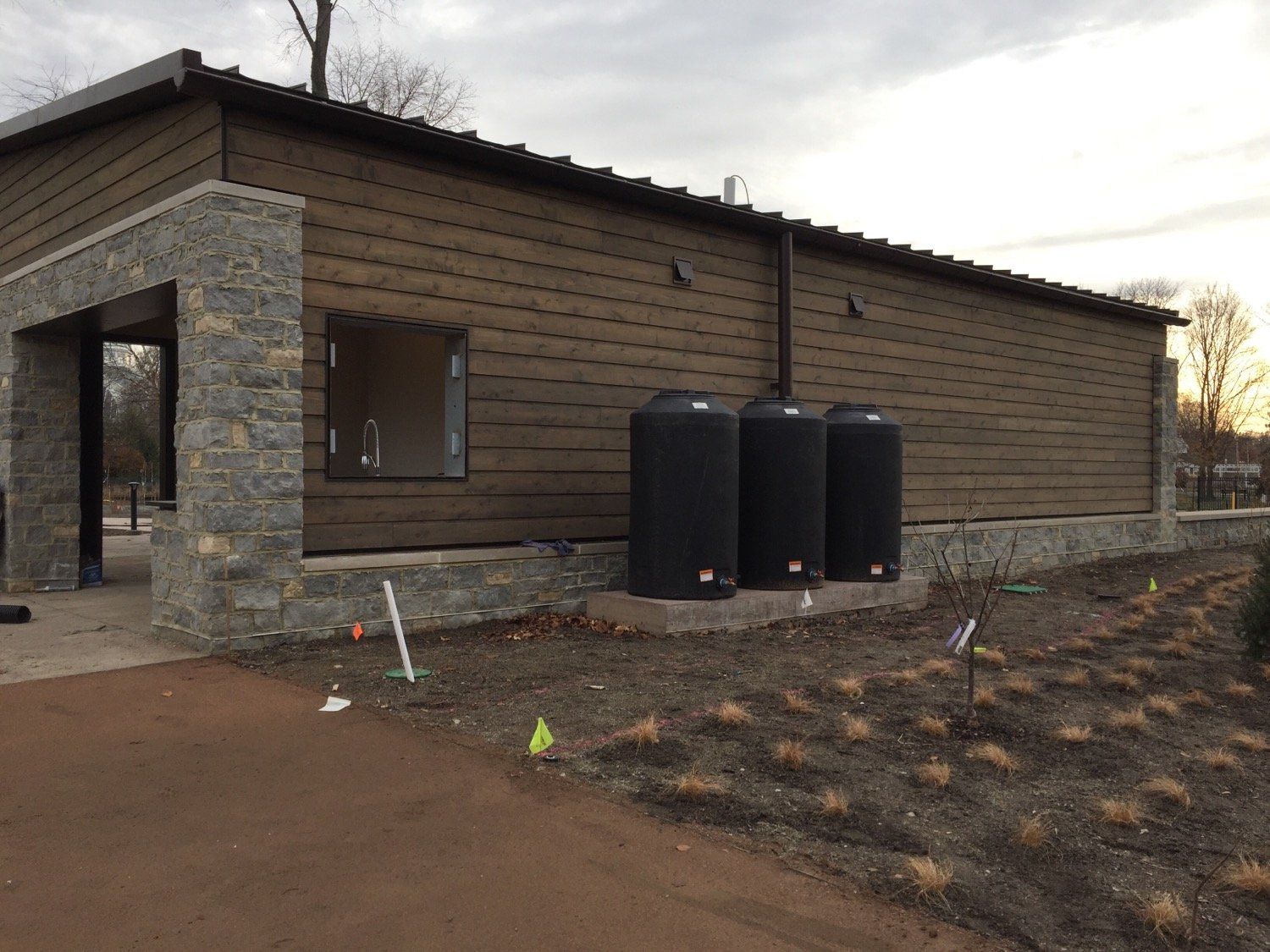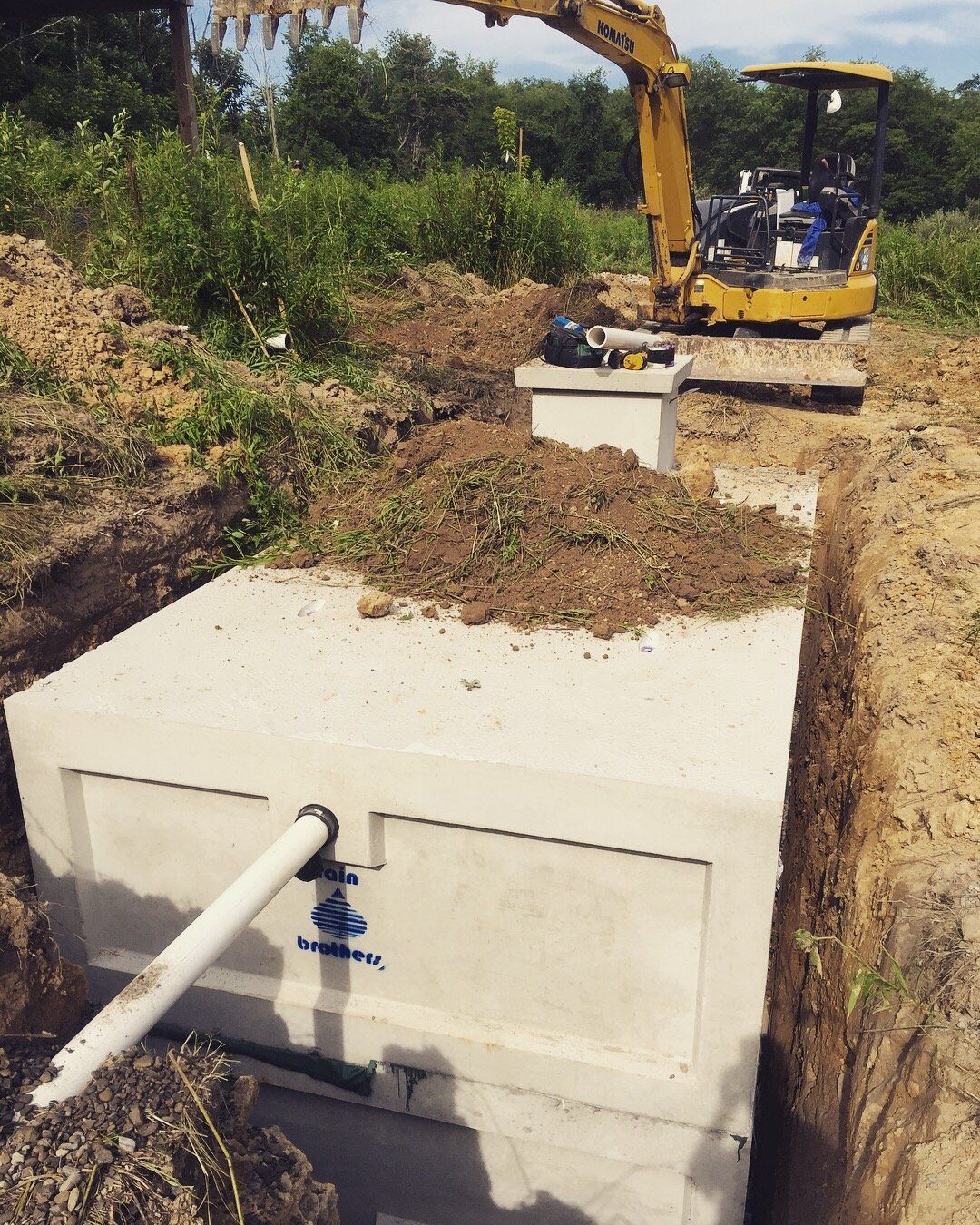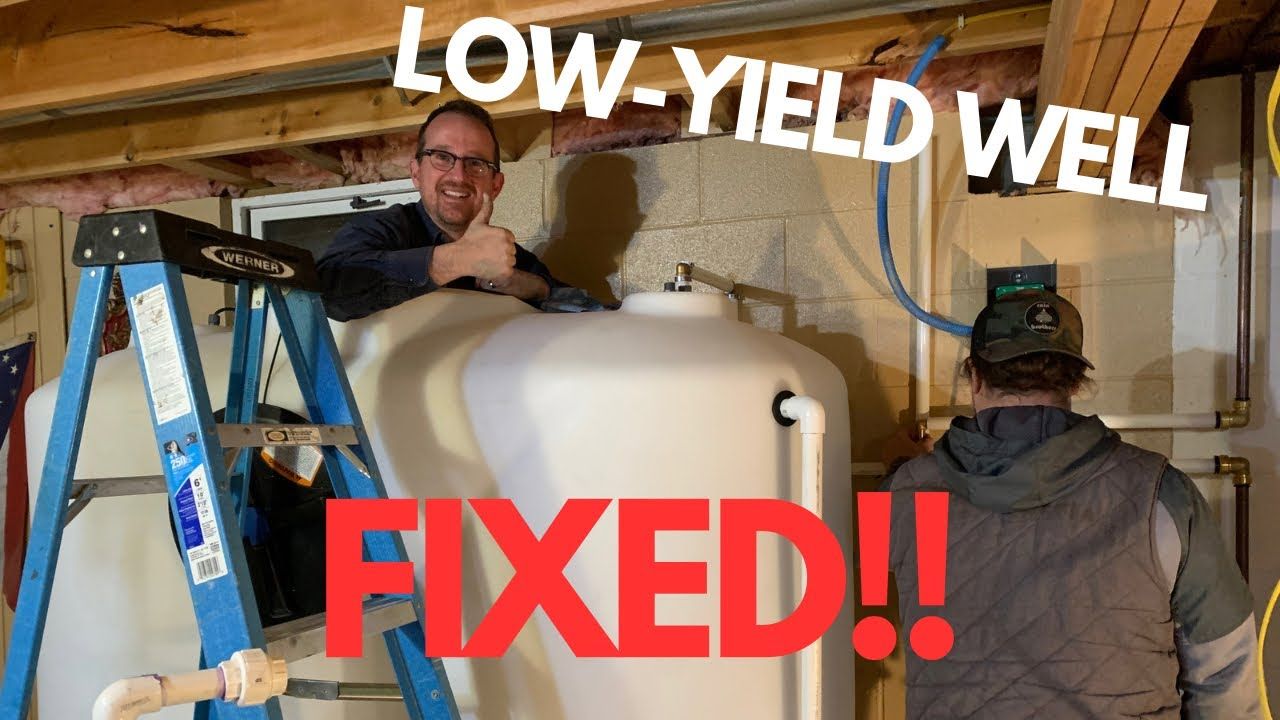Roofwasher Pre-Cistern Filters: Which Filter is Right for Your Install?
There are several roofwasher options available for pre-filtering your rainwater before it enters your holding tank/cistern. Some options are better than others. Here, we have applied our field experience with each type and have rated them on a scale of 1-5 based on several metrics: Cost, Ease of Installation, Effectiveness, Aesthetics, Maintenance Requirements, and Limitations. As always, happy harvesting and we hope you find this guide beneficial!
Option A: First Flush Filter
Cost: 1 (This option is a real penny saver!)
Ease of Installation: 3 (Need to be somewhat handy to secure first flush unit to side of house/structure)
Effectiveness: 3 (When installed in conjunction with our Aluminum Downspout Debris Filters, this can be a very effective way of filtering water before it enters your rain tank. Must take care to size the first flush standpipe correctly, though. Please see our sizing guide on product page)
Aesthetics: 1 (This is the most visible pre-filter for a rain tank, and it can look pretty bulky once installed)
Maintenance: 4 (High maintenance. Needs to be checked frequently for clogging and to ensure standpipe drains effectively and downspout debris filter is clean. Also needs winterization in fall before cold weather strikes)
Limitations: 5 (Very limited use. You generally have to install a first flush filter on each downspout that you’re wanting to direct into your cistern)
Additional notes: Ohio customers must use either Wisy Vortex or other approved secondary means of pre-filtration for your cistern installation, per Ohio Health regulations.
Option B: Maelstrom Rainwater Filter
Cost: 3 (A bit pricey)
Ease of Installation: 3 (Need to be somewhat handy to install this filter)
Effectiveness: 4 (Very effective at keeping out debris and filtering water before it enters the cistern)
Aesthetics: 5 (Invisible from ground level since it is generally housed inside tank)
Maintenance: 4 (Must be checked regularly for clogging and must be cleaned on a regular basis — generally every week in rainy season)
Limitations: 3 (Very versatile. All downspouts can be directed into one filter, provided that you are not draining more than 2,200 sq ft of roof space into your cistern)
Additional notes: Not approved for Ohio customers when using rainwater indoors. Also, customer must decide whether to mount this inside a Filter Pit box (an extra expense) or inside tank (recommended)
Option C: Wisy Vortex Filter (WFF Series)
Cost: 5 (Expensive, but worth every penny!)
Ease of Installation: 4 (Need to mark your pipe elevations carefully during installation because you will have to drop your pipe once it hits the Wisy filter since the inlet on the filter and the outlet to the cistern on the filter are at different elevations. Helps to have a laser level on site when installing for underground applications… but then again a laser level is recommended for any underground pipe installation)
Effectiveness: 5 (Extremely effective at mitigating first flush of water and collecting and filtering incoming water from downspouts. You will be very pleased with this unit)
Aesthetics: 3.5 (Only visible part is a small round black riser and lid. It is recommended to keep the riser extended 8” above grade to prevent groundwater from seeping into your system when installing the filter below ground level)
Maintenance: 2 (Should be checked monthly to start, then cleaned quarterly once the system is established)
Limitations: 1 (Very few limitations with this filter unit. Larger sizes are available if you’re draining bigger roof areas. It performs better than any pre-filtering roofwasher on the market. It is difficult, though, to make this filter work if you live on a completely flat parcel of land. Ideally, you need some dip in elevation on your property to run the bottom drain on the filter out to daylight)
Additional notes: This filter is approved for use on Ohio Private Water System installations.
Option D: Wisy Linear100 Rainwater Filter (Available in Poly or Stainless Steel models)
Cost: 3 (In a metric of cost to effectiveness, this filter is by far the best deal, especially if you go with the poly model)
Ease of Installation: 2 (Installs easily. Just need to make sure your overflow port in your tank is set 2” lower than your inlet port)
Effectiveness: 5 (Extremely effective at mitigating first flush of water and collecting and filtering incoming water from downspouts. You will be very pleased with this unit)
Aesthetics: 5 (Invisible — housed in the cistern)
Maintenance: 2 (Should be checked monthly to start, then cleaned quarterly once the system is established)
Limitations: 1 (The only limitation is that you can only harvest up to 2100 sq ft of roof through this filter to maintain peak efficiency in converting incoming rainwater into harvested water)
Additional notes: This filter is not yet approved for use on Ohio Private Water System installations.
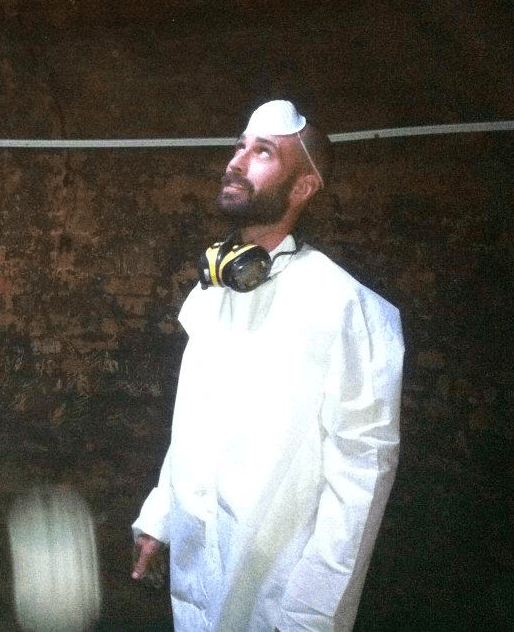
Links
Contact
937-949-1100
- Call or Text
catchingtherain@gmail.com
Cistern Living Community
Do you have a question about living with a cistern? We’re here to help! Join CisternLiving.com, sponsored by Rainbrothers, to connect with experts and a community of cistern owners. Your question could help others—sign up today and be part of the conversation!
Cistern Cleaning & Sealing Services
We provide professional cistern cleaning and sealing services within a 120-mile radius of Yellow Springs, Ohio, covering the following counties:
Butler, Champaign, Clark, Clermont, Clinton, Darke, Delaware, Fayette, Franklin, Greene, Highland, Madison, Miami, Montgomery, Pickaway, Preble, Ross, Shelby, Union, Warren.
Contact us today for reliable and professional cistern maintenance services!
Rainwater Harvesting Cisterns & Systems for Low-Yield, Low-Producing Wells
All Rights Reserved | Rain Brothers LLC
